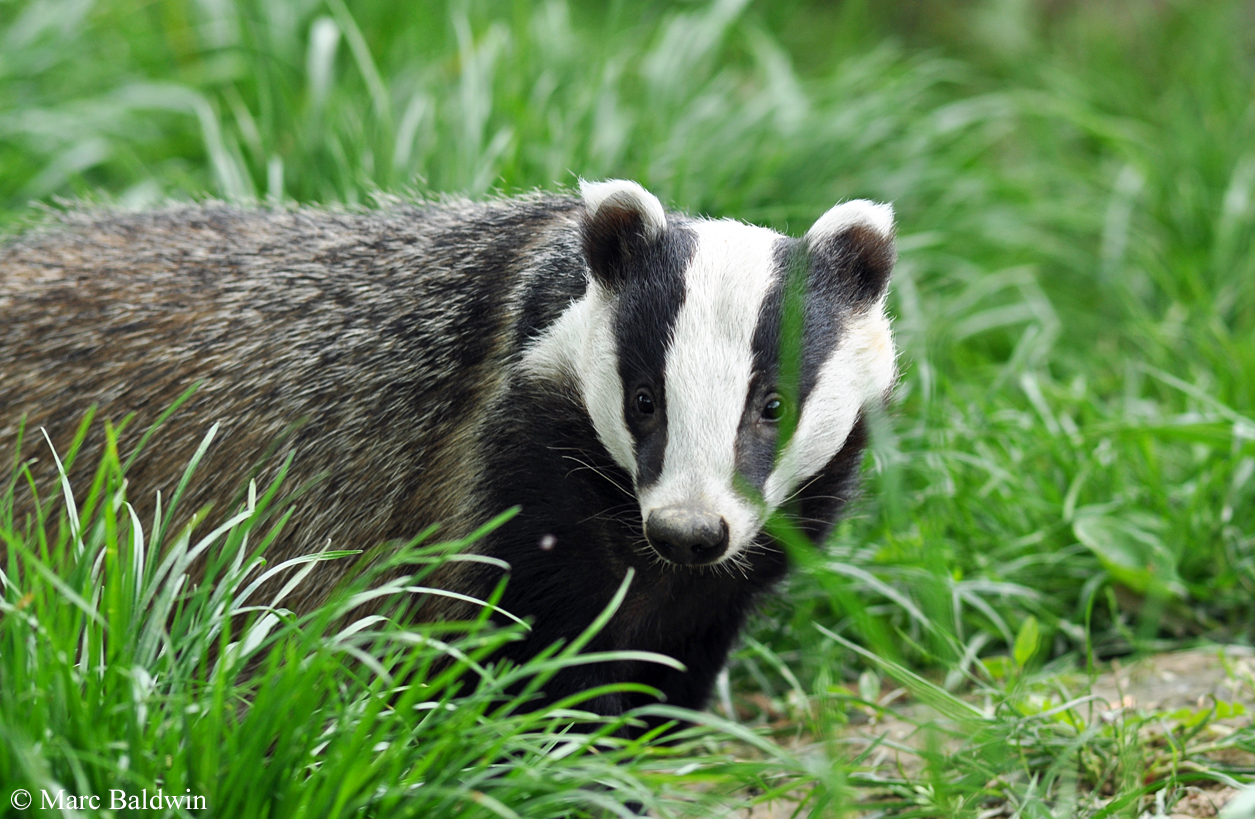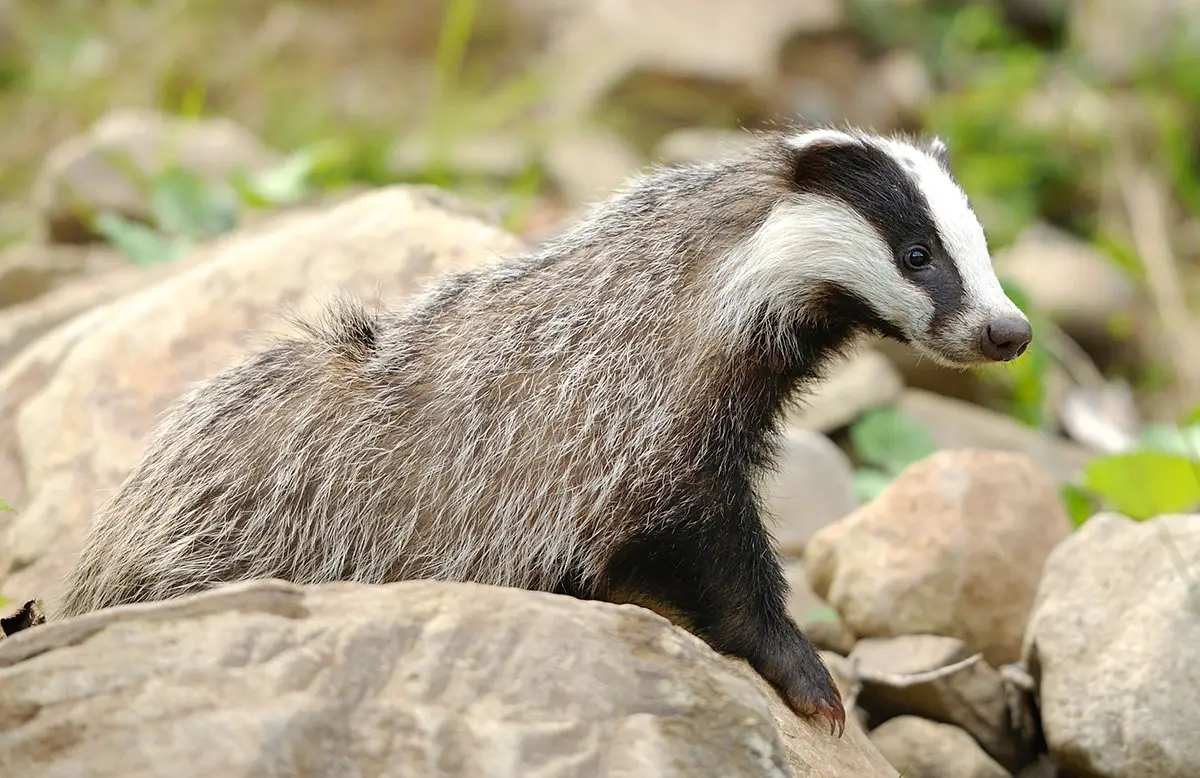European Badger - The Fascinating Life Of This Striped Mammal
When you think of the European badger, what comes to mind? Perhaps it’s the striking black and white stripes on its face or the stocky, muscular body designed for digging. The European badger (Meles meles) is one of Europe’s most iconic animals, yet it remains somewhat of a mystery to many. Native to nearly all of Europe and parts of Asia, this creature thrives in a variety of habitats, from woodlands to urban parks. Its population is stable and even increasing in some regions, making it a familiar sight for those who know where to look.
The European badger’s story is more than just its physical appearance or range. It’s about how these creatures live, interact, and survive in a world that often overlooks their significance. From their complex social structures to their role in ecosystems, the European badger plays a crucial part in the natural balance of its environment. So, if you’ve ever wondered about this fascinating animal, you’re in for a treat as we explore its world.
In some respects, the European badger is both resilient and vulnerable. While it enjoys a wide distribution and a stable population, threats like bovine tuberculosis and culling programs put its future at risk. Understanding this animal isn’t just about appreciating its beauty; it’s also about recognizing the challenges it faces and how we can help protect it. Let’s take a closer look at what makes the European badger so remarkable.
Here’s a quick table of contents to guide you through this exploration:
- What Makes the European Badger Unique?
- Where Can You Spot the European Badger?
- How Does the European Badger Survive?
- Is the European Badger Social or Solitary?
- What Threatens the European Badger Population?
- How Can You Help Protect the European Badger?
- What Do European Badgers Eat?
- Do European Badgers Hibernate?
What Makes the European Badger Unique?
Let’s start with the basics. The European badger is known for its striking appearance. Its face features bold black and white stripes, while the rest of its body is typically covered in grey fur. It has a stocky build with short legs, making it perfectly suited for digging and burrowing. But what really sets this creature apart is its incredible jaw strength. Unlike many animals, the European badger’s jaw cannot dislocate, allowing it to deliver one of the strongest bites in the animal kingdom. This adaptation helps it tackle tough prey, like insects with hard shells or even small mammals.
But it’s not just about physical traits. The European badger’s social structure is equally fascinating. These animals often live in groups called clans, which can include several adults and their young. Clans work together to defend territory, care for offspring, and maintain complex burrow systems. This cooperative behavior is a bit like a neighborhood watch group, ensuring everyone stays safe and connected.
Where Can You Spot the European Badger?
If you’re eager to catch a glimpse of the European badger, you’ll need to know where to look. These animals are found throughout much of Europe, stretching into western Asia and parts of the Middle East. They’re absent only from the northernmost regions of Norway, Sweden, and Finland, as well as Iceland. In the UK, estimates suggest there are between 400,000 and 500,000 badgers, making it one of the most populous areas for this species.
When it comes to habitats, the European badger is incredibly adaptable. You might find them in woodlands, pastures, suburban areas, and even urban parks. Their ability to thrive in diverse environments is a testament to their resourcefulness. If you’re lucky enough to spot one, it’ll likely be at night since these animals are nocturnal. So, grab a flashlight and head out after sunset if you want to see them in action.
How Does the European Badger Survive?
Survival for the European badger involves a mix of clever strategies. Their diet is omnivorous, meaning they eat both plants and animals. Earthworms make up a significant portion of their meals, but they also consume insects, small mammals, birds, eggs, fruits, and nuts. This varied diet ensures they can find food in different seasons and environments.
Burrowing is another key survival skill. European badgers create intricate underground homes, complete with multiple entrances and chambers. These burrows provide shelter from predators, harsh weather, and other threats. They’re also a safe place for raising young, ensuring the next generation has the best chance at survival. It’s almost like they’re architects, designing homes that meet all their needs.
Is the European Badger Social or Solitary?
When it comes to social behavior, the European badger leans more toward the social side. As mentioned earlier, they often live in clans, which can include up to 12 individuals. These groups tend to be cooperative, sharing responsibilities like defending territory and caring for young. However, there’s also a bit of competition within clans, particularly over food and mates. It’s a delicate balance between cooperation and rivalry, much like any community.
Interestingly, not all badgers live in large groups. Some opt for a more solitary lifestyle, especially in areas where resources are scarce. This flexibility allows them to adapt to different conditions, ensuring their survival no matter the circumstances. So, while many European badgers enjoy the company of others, there’s always room for a bit of independence.
What Threatens the European Badger Population?
Despite their resilience, European badgers face several threats. One of the most significant is the badger cull, a controversial program aimed at controlling the spread of bovine tuberculosis. This initiative has resulted in the deaths of thousands of badgers, with some estimates suggesting over 50% of the UK population could be affected. The cull is just one example of how human activities can impact wildlife populations.
Other threats include habitat loss, road accidents, and persecution by humans. As urban areas expand, badgers lose access to their natural habitats, forcing them to adapt or perish. Road networks also pose a danger, with many badgers meeting their end while crossing highways. It’s a harsh reality that highlights the need for better conservation efforts.
How Can You Help Protect the European Badger?
Protecting the European badger starts with awareness. Educating others about the importance of these animals and the threats they face is a powerful first step. You can also support organizations working to conserve badger populations and their habitats. This might involve volunteering, donating, or simply spreading the word about their cause.
On a personal level, you can help by creating safe spaces for badgers in your own backyard. Planting native vegetation, avoiding pesticides, and providing water sources can make a big difference. It’s all about making the world a little friendlier for these incredible creatures. After all, they play a vital role in maintaining healthy ecosystems.
What Do European Badgers Eat?
As omnivores, European badgers enjoy a diverse diet. Earthworms are a favorite, but they’ll also munch on insects, small mammals, birds, eggs, fruits, and nuts. This variety ensures they can thrive in different environments, adapting their diet to what’s available. It’s a bit like being a foodie who loves trying new things but always has a go-to dish.
Interestingly, their eating habits change with the seasons. During warmer months, they focus on protein-rich foods like insects and small mammals. In winter, when these resources are scarce, they switch to plant-based options like fruits and nuts. This flexibility is key to their survival, allowing them to make the most of whatever nature provides.
Do European Badgers Hibernate?
Unlike some animals, European badgers don’t hibernate. Instead, they enter a state of reduced activity during the colder months. This means they still venture out to forage, albeit less frequently. Their thick fur and stored fat help them stay warm and energized, even in chilly weather. It’s a clever adaptation that allows them to survive without fully shutting down.
During this time, badgers tend to spend more time in their burrows, conserving energy and staying safe from the elements. When they do venture out, it’s usually for short periods to grab a quick meal. It’s a bit like taking a winter break without completely disconnecting from the world.
In short, the European badger is a remarkable creature with a rich and complex life. From its unique physical traits to its social behavior and survival strategies, there’s so much to appreciate about this animal. Yet, it faces challenges that require our attention and action. By learning more about the European badger and supporting conservation efforts, we can help ensure its future for generations to come.

European badger | mammal | Britannica

European badger | Wildlife Online

European Badger | The Animal Facts | Appearance, Diet, Habitat, Behavior